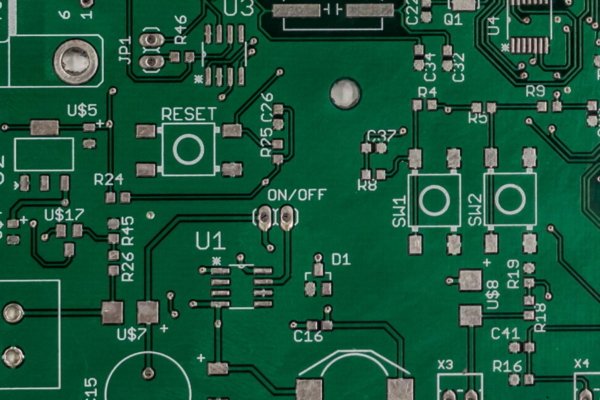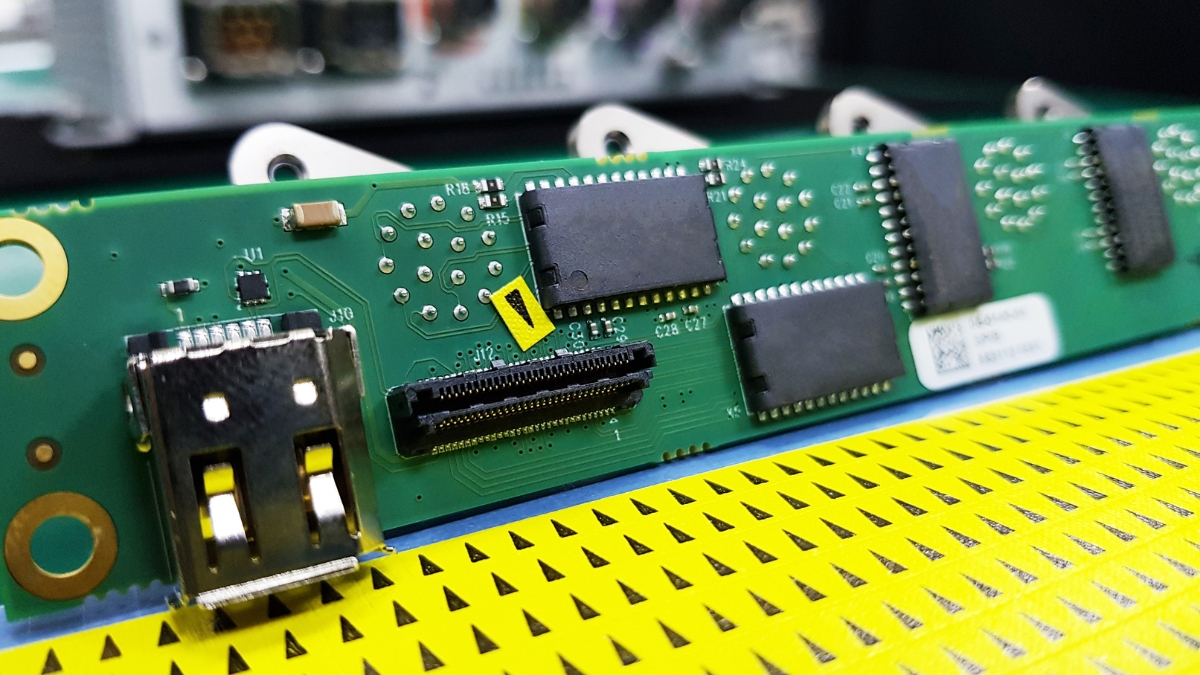What is Internal Power and Ground Layers
Internal power and ground layers are layers within a printed circuit board that are dedicated to carrying power and ground signals. These layers are located internally within the PCB stackup and are crucial in providing a stable power distribution network and a low impedance ground reference for the circuit.
Power layers are typically segmented, meaning they are divided into different regions to accommodate multiple power rails on the board. This segmentation helps optimize the use of available space and reduces the total layer count. On the other hand, ground layers are solid planes that fill the entire layer, providing a continuous and low impedance path for the return currents.
The arrangement of power and ground layers is important for achieving proper power distribution, grounding, high-frequency decoupling, and reducing electromagnetic interference (EMI) radiation. Placing power layers next to ground layers creates planar capacitance, which helps with high-frequency decoupling and enhances electromagnetic compliance (EMC) robustness.
Regarding signal routing, both power and ground layers can be used as impedance references and current return paths for signal layers. However, choosing the ground plane as the signal reference or return path is recommended, especially for sensitive power rails. This is because power planes, particularly in FPGA designs, are more likely to be segmented, resulting in switching noise coupling to the power plane and impacting device performance.
To address this issue, the stackup topology can be designed to isolate segmented power layers from signal layers by sandwiching them between solid ground layers. This topology may require more ground layers, but it eliminates concerns about managing signals crossing split power planes during layout.





